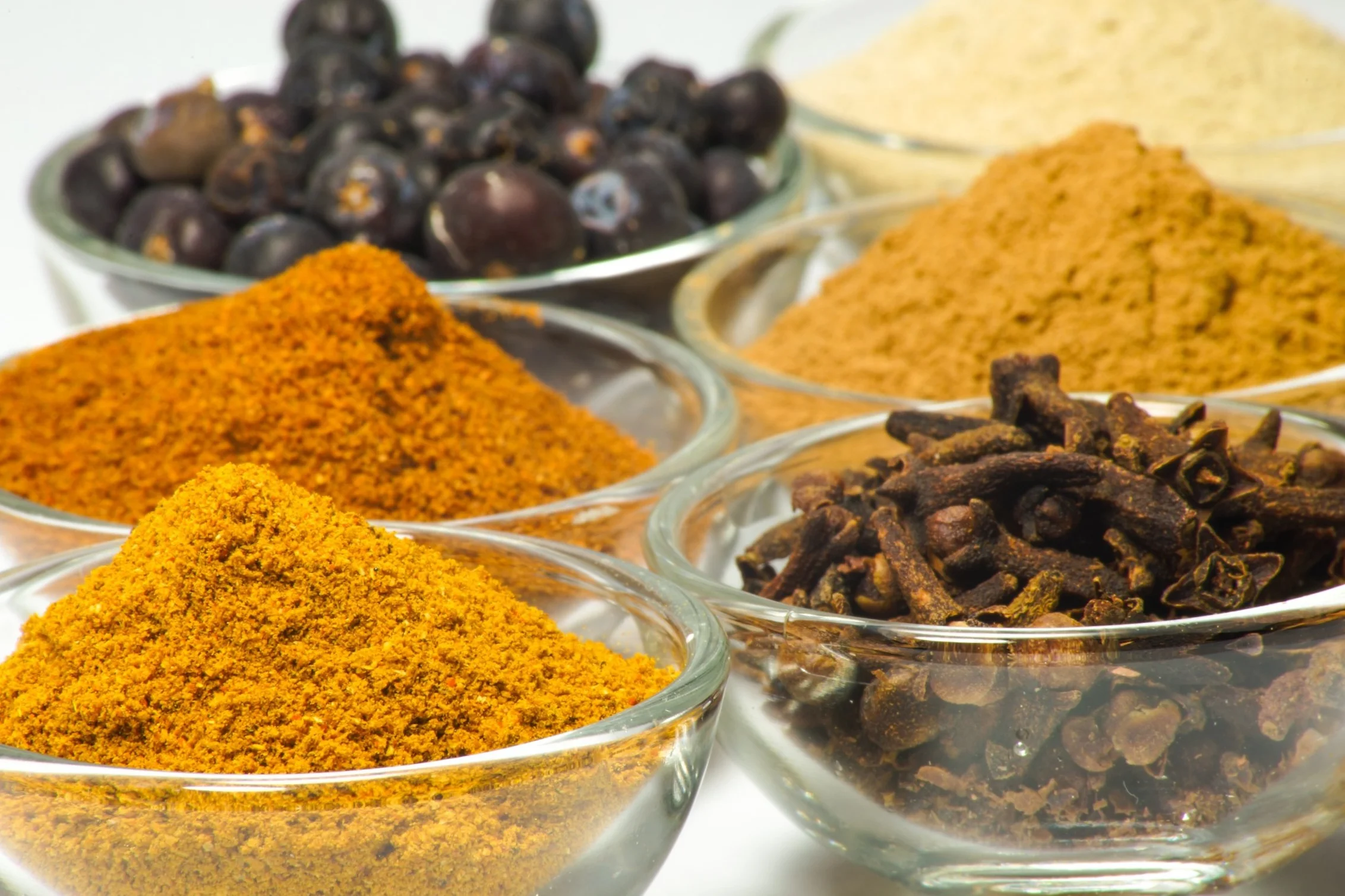Photo copyright Jane Claudio. [Jeremy Antonio Claudio and Jane Claudio]
I’m a rural Ohio girl who married a Puerto Rican from Brooklyn. Jeremy and I are both artists, pursuing careers in pop music. (My parents are thrilled.) We met and were married within 8 months, then shortly after, moved to Nashville, Tennessee. As you might imagine with such a short dating history, after we were married, there still was much to learn.
It was a big surprise when, a few weeks in, he told me that he doesn’t like “white people food.” First off, I didn’t know “white people food” was a genre. I had always just referred to it as food. Apparently, he had been faking it at all those family functions, and even at our own wedding. So, pasta salad, potato salad, macaroni salad, or anything else with the word salad tacked on the end was not going to work. Casseroles were also a huge no. This Midwestern girl had to find a new normal.
I started experimenting with a lot of colorful ethnic food like peanut chicken, Spanish rice, and pad Thai. But the dish that I really fell in love with is curry. Curry is a generic term for a blend of spices (which you’ll read more about below), and also refers to the sauce made with them. Some of the spices used in curry are powerful herbs that can aid inflammation, help with digestion, and even fight cancer. (Read More Here.)
Photo credit to come.
Like snowflakes and fingerprints, no two curries are the same. They can range from soft yellow to deep red. And curry should never be made with a recipe; it should be made with your instincts. This means a lot of sniffing, stirring, tasting, and trusting your gut.
The most important element of curry is the sauce, and that’s what you’ll make first. You’ll need a large saucepan—maybe even extra-large if you are feeling ambitious.
You’ll start by mixing together
● 2 12-ounce cans of coconut cream and
● 1 6-ounce can of tomato paste.
Once those ingredients are smoothly whisked together, set the stovetop to medium, then add the spices. One half teaspoon of salt is a must, but after that, it’s all up to you.
Here is a list of spices to try. You can use all of them together, like one vibrant spice family, or you can be selective and use only your favorites. Remember, there is no wrong way to do it.
● Curry
● Turmeric
● Chili powder
● Cumin
● Fresh garlic
● Cardamom
● Ginger
● Red pepper flakes
If you’re not familiar with these spices, give them each a decent sniff before adding them in. That should help you get acquainted. A good place to start is using about one half teaspoon of each and tasting as you go, adding more of the ones you really like. I get a total thrill from flinging spices into the pot without measuring. It makes me feel like a real rule-breaker.
As the sauce starts to take on a personality you like, leave it to simmer with the lid on. It takes about a half hour for all the flavors to wake up. While your sauce is simmering, sauté some meat, tofu, fish, and/or veggies.
My favorite veggies include:
● Broccoli
● Red and yellow bell peppers
● Red onion
● Bamboo shoots
● Baby Bella mushrooms
I usually use about a pound of chicken, sautéed in a wok with some coconut oil, diced garlic, and fish sauce. Put the chicken (tofu, fish, or meat of choice) directly into the sauce when finished. Do the same with the veggies.
By this time, your sauce should be tasting a bit stronger than when you first left it to simmer. This is a good time to assess and make changes. If you don’t love it yet, don’t worry. Curry is very forgiving. You can try adding more ginger if the flavor is flat; cumin, if the sauce is too sweet; or coconut milk if it’s too spicy.
Once you’re satisfied, serve your one-of-a-kind curry over white or jasmine rice. And whatever you do, don’t forget to post a photo—or it didn’t actually happen!
Learning the magic of curry did wonders for my confidence as a cook, and I hope it does the same for you. This practice has taught me to cook with my heart, trust my instincts, and most importantly, to keep calm and curry on.
Photo copyright Jane Claudio
Jane Claudio is a poet, storyteller, and pop artist from Nashville, Tennessee.
She graduated from Liberty University in 2013 with a BA in communication. While in college, she released a folk album, and became passionate about using principles from advertising and PR to help artists like herself angle themselves to stand out among competing voices.
Jane’s writing has been published in Sow & Dew Magazine, Virginia’s Newsletter for Hospice Care Workers, The Listening Inc., and others. She has performed original music for audiences of over 10,000. Her music and blog are available at www.nightbirde.com. Her husband, Jeremy Antonio Claudio, also has some cool things in the works. Check out his site at www.tigerdriveofficial.com.
Photo copyright Jane Claudio

![Photo copyright Jane Claudio. [Jeremy Antonio Claudio and Jane Claudio]](https://images.squarespace-cdn.com/content/v1/58ad31c8e58c62efa5f38c60/1550141779341-Z6NOHLYNILEYFJCH5VDB/Jane%2B%2526%2BHubby.jpg)


